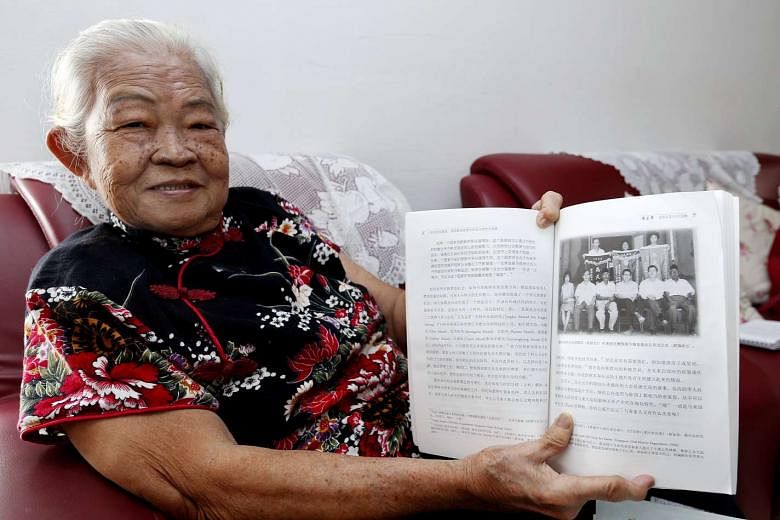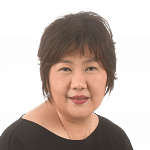Madam Chin Choon Yon, 81, was born and bred on Pulau Tekong, Singapore's largest offshore island.
Life was simple on this island off the north-east coast, which had about 4,000 residents in the 1950s.
Most of them were either fishermen or farmers, growing crops such as rubber, coconuts and vegetables.
It was a big deal to them when then Prime Minister Lee Kuan Yew visited Pulau Tekong Besar this week in 1965, Madam Chin said.
Mr Lee told residents that the Government was examining the development potential of Singapore's offshore islands. With the growing shortage of land in Singapore, he said the islands could be developed within a decade. Madam Chin said in Mandarin: "We were so excited and nervous as we have not met Mr Lee before. He and his wife shook our hands, and Mrs Lee also asked us about our lives."
Tekong originally consisted of two islands - the 2,400ha Pulau Tekong Besar (big Tekong Island in Malay) and the 89ha Pulau Tekong Kechil (small Tekong Island in Malay). In the mid-1990s, land was reclaimed to merge them into one island.
The last residents moved out of Pulau Tekong in 1987, and it became a military training base, according to A Retrospect On The Dust-laden History: The Past And Present Of Tekong Island In Singapore, a book by Mr Chen Poh Seng and Mr Lee Leong Sze.
Madam Chin's father ran a small rubber plantation, and the family lived in Kampong Seminei, one of the island's dozen or so villages.
When she was growing up in the 1930s and 1940s, she said, the island had no electricity, no piped water supply and no telephone lines.
The younger of two daughters had to wake up at 4am to help her parents tap the rubber trees and draw water from the well, a 10-minute walk away, before school. Residents used kerosene lamps at night, and she had to collect firewood for cooking.
Madam Chin, who has primary education, attended Oi Wah School, a 30-minute walk away in Kampong Selabin.
Kampong Selabin was Tekong's commercial centre with more than 40 stores, including coffee shops, grocery stores and Chinese medical halls. There were six Chinese schools on the island at different periods, the Tekong book said.
Madam Chin said: "We slept very early, like at 8pm, as there was nothing to do at night. We had no television set, and there was no entertainment."
She said her family hardly visited mainland Singapore, which was about a 45-minute boat ride away, except on special occasions.
Madam Chin, a mother of four, lived on Pulau Tekong for more than 20 years until she married and moved to the mainland. The seamstress taught dressmaking at the Pulau Tekong Community Centre on the island on weekends.
She recalled her life on Pulau Tekong fondly, saying: "We knew all our neighbours, and everyone helped one another. No one locked their doors at night. Life was poor but carefree."


